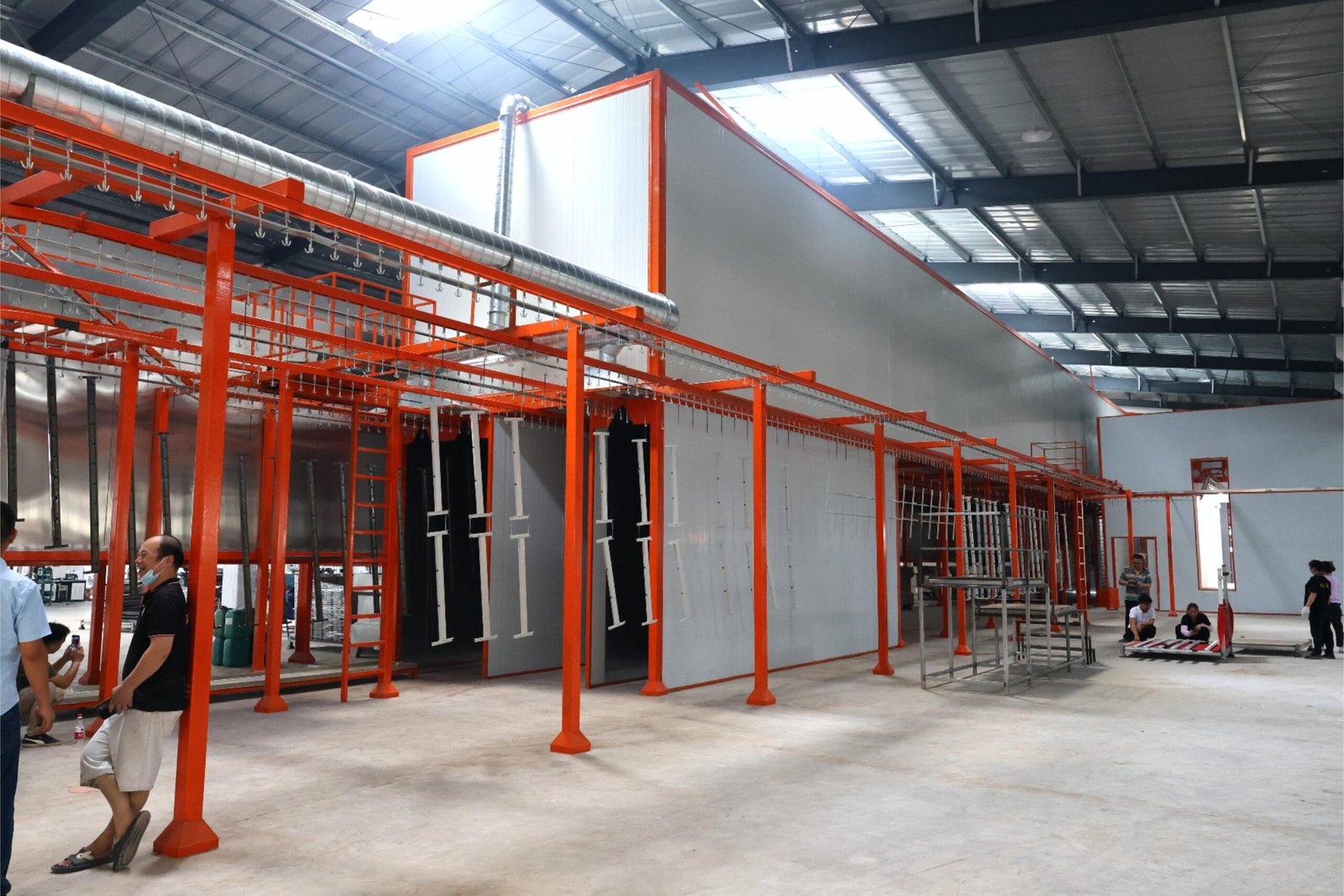How Frequent Are Failures in Spray Coating Equipment? How to Reduce Them?

Even the most advanced spray coating system isn't immune to breakdowns. But how often do these failures occur—and what can we do to stop them?
Spray coating equipment failures occur in 20–30% of operations annually. Most are preventable through regular maintenance, training, better materials, and smart technology upgrades.
Failures cause delays, quality issues, and financial losses. Understanding their causes helps us avoid them.
What are the most common failures in spray coating equipment?

Nozzles sputter. Pumps seize. Wires short out.
The same problems keep showing up—but they’re not random.
Most spray coating equipment failures fall into three types: mechanical, fluid, and electrical. All show clear warning signs.
Top 3 Failure Types:
| Type | Example Issue | Symptoms | Prevention Tip |
|---|---|---|---|
| Nozzle clog | Coating buildup | Uneven spray, sputtering | Daily cleaning, inline filters |
| Pump failure | Seal wear, air leaks | Pressure drop, loud noise | Lubrication, part replacement |
| Electrical | Wiring fault, overload | Random shutdowns, resets | Monthly checks, stable power |
Regular visual inspections and performance logging help catch these issues early.
How often do these failures happen?
Failures aren’t just possible—they’re predictable.
But the right setup cuts them down sharply.
Spray coating systems experience major failure events every 6–12 months on average, depending on use intensity and care routines.
Failure frequency drivers:
- Old equipment: Over 5 years old = 2× more failures
- Heavy usage: 24/7 lines fail 3× more than single-shift setups
- Poor maintenance: Leads to weekly minor breakdowns
Industry estimates suggest that up to 30% of coating systems face preventable failures each year.
How do failures affect production?
Failures don’t just stop the machine—they stall the entire workflow.
That means lost time, missed orders, and rework costs.
The real cost of failure includes downtime, labor waste, material loss, and damaged product reputation.
Failure Impact Case:
| Scenario | Result |
|---|---|
| Pump failure at plant | 24 hours downtime, \$12,000 loss |
| Nozzle clogs for 3 days | 17% rework rate, 40% scrap increase |
Even minor failures can cause batch-wide defects, especially in precision coatings like electronics or auto parts.
How does regular maintenance reduce failures?
The best way to fix failures is to prevent them.
And that starts with your checklist.
Routine maintenance prevents 60–70% of common spray coating failures. It keeps parts clean, aligned, and predictable.
Sample Weekly Maintenance Plan:
| Task | Frequency | Purpose |
|---|---|---|
| Clean spray nozzles | Daily | Prevent clogs, maintain pattern |
| Check pump seals and hoses | Weekly | Catch leaks early |
| Lubricate moving components | Weekly | Reduce friction and wear |
| Inspect wiring and switches | Monthly | Prevent electrical faults |
A shared logbook or software system keeps all team members accountable.
How does operator training help reduce failures?
Most failures aren’t mechanical—they’re human.
Training turns operators into your first defense line.
Trained operators notice early signs of failure, follow procedures, and reduce risky behavior.
Key Training Topics:
- Equipment startup/shutdown best practices
- Recognizing spray pattern changes
- Reading pressure gauges correctly
- Emergency response and reporting
Certification programs like OSHA or NIMS add formal structure to learning. Many companies also offer custom in-house training refreshers every 6–12 months.
Can better materials and components reduce failures?
Yes—and sometimes, it’s the single smartest upgrade.
Using high-quality nozzles, pumps, seals, and filters reduces stress, resists corrosion, and cuts maintenance frequency.
Material Comparison Table:
| Part | Budget Option | Premium Option | Benefit |
|---|---|---|---|
| Spray nozzle | Brass | Hardened ceramic | 4× longer life, better precision |
| Pump seal | Rubber | Viton or Teflon | Better chemical resistance |
| Hose material | PVC | Reinforced PTFE | Handles high-temp solvents |
Upfront cost may be higher, but the ROI comes fast in fewer breakdowns.
How can advanced technology prevent failures?
The future is here—and it has sensors.
Predictive maintenance systems use IoT sensors to detect pressure drops, motor strain, or flow blockages—before the machine fails.
What automation offers:
- Live performance data
- Failure prediction models
- Early warning alarms
Example: A European automotive coating line reduced its downtime by 30% using AI-driven pump monitoring software.
Even simpler tools like vibration sensors or pressure alarms can make a big impact.
Is regular calibration part of failure prevention?
Even if your machine runs, it might not spray right.
Calibration keeps the performance consistent—and problems away.
Incorrect calibration leads to material waste, clogs, uneven coating, and overheating. Checking your settings stops that.
Calibration checklist:
- Spray pressure settings
- Gun-to-target distance
- Fluid atomization level
- Flow rate measurement
We recommend calibrating all core spray equipment monthly—or immediately after changing materials.
Conclusion
Spray coating equipment failures happen—but most can be prevented.
The key is knowing what to watch for, and putting simple systems in place to stop small issues from becoming major shutdowns.
